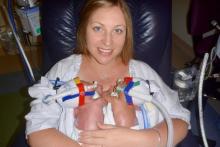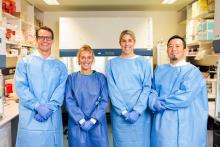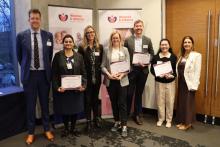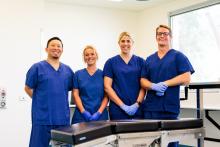The not-for-profit sector is embracing AI to help improve services for customers and streamline resources for staff, while addressing healthcare disparities for Australians.

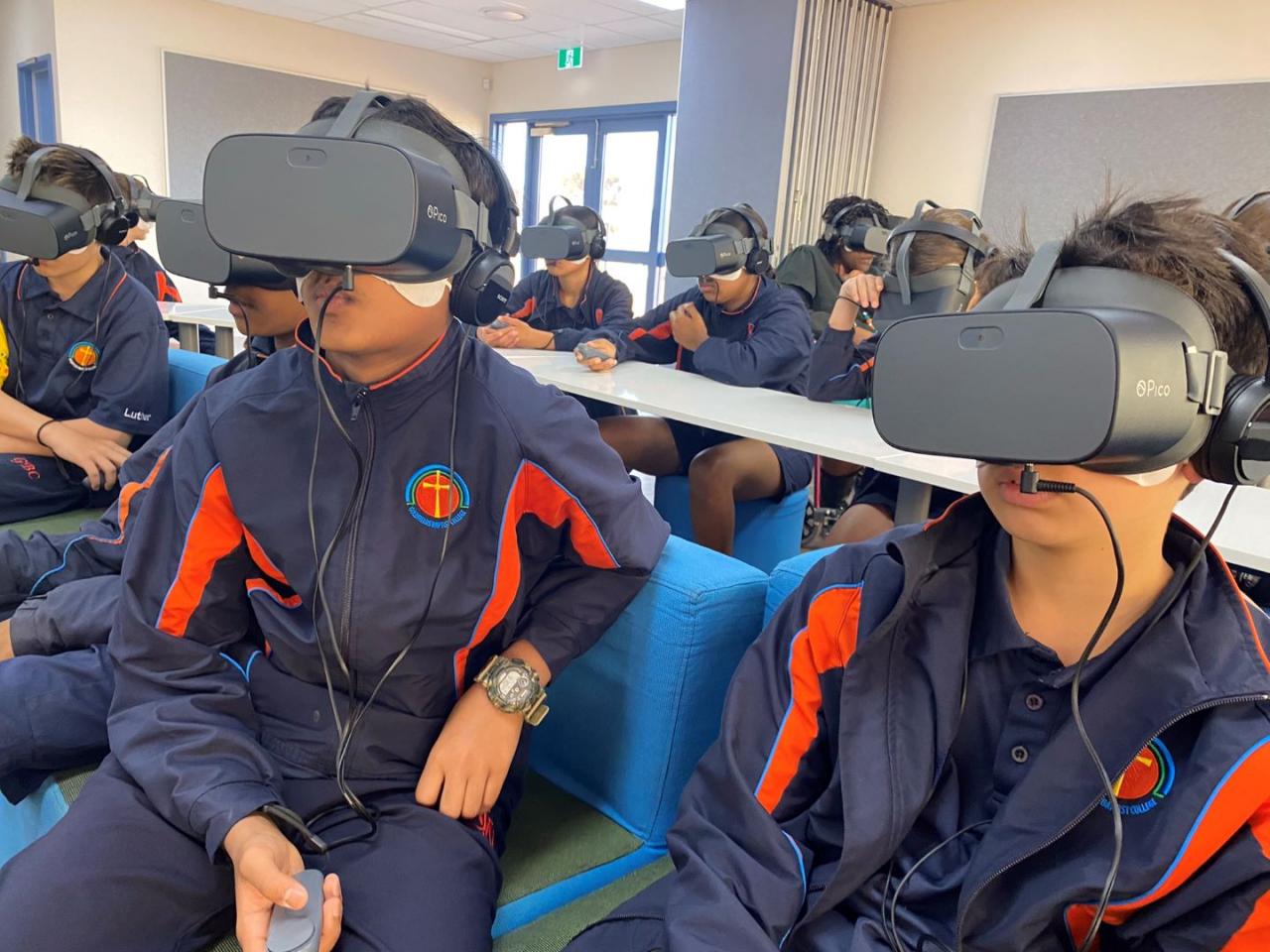
The not-for-profit sector is embracing AI to help improve services for customers and streamline resources for staff, while addressing healthcare disparities for Australians.
AI in the classroom
Cutting-edge technologies such as virtual reality (VR) and augmented reality (AR) are just a couple of ways WA charity Constable Care Foundation (CCF) has kept tech-savvy children and teenagers engaged in safety and social education.
In the secondary school program Overshare, students don VR headsets in the classroom to navigate through an interactive film that teaches them about cyber-bullying.
Interactive films on the CCF website also explore common youth hazards such as drugs and alcohol and unsafe driving, or a night out in Perth’s entertainment precinct.
The foundation’s AR app Arility brings primary school safety lessons to life by layering virtual objects over real-world settings through a tablet. Users can engage with characters and identify risky situations to learn road and rail safety, infection control, power line safety, flood safety and more.
“It’s so important to engage young people so we can empower them with the knowledge and skills to lead safer lives,” CCF chief executive Ian Anstee said.
“Technology is now an integral part of children and young people’s everyday lives. We’ve adapted by adopting some really fun tech to teach these digital natives powerful lessons.”
AI in healthcare
The Women and Infants Research Foundation (WIRF), a leader in maternal and infant health for nearly five decades, is harnessing the power of AI to advance its mission of reducing preterm birth rates across Australia.
With an innovative use of AI-powered chatbots and other digital tools, the Foundation is aiming to accelerate its impact, particularly in First Nations and culturally and linguistically diverse (CALD) communities, where healthcare disparities remain significant.
Women and Infants Research Foundation Chief Executive Officer Deb Portughes said the organisation’s adoption of cutting-edge technology aligns with its long-standing commitment to improving maternal and infant outcomes.
“Preterm birth is the leading cause of death and disability in children under five. One in 12 Australian babies is born prematurely, and this rate almost doubles in Aboriginal communities. These statistics are unacceptable,” Ms Portughes said.
“Our achievements in this area include reducing the rate of preterm birth in Western Australia by 8 per cent. Following this we secured Commonwealth Government funding for the national rollout of The Preterm Birth Prevention Initiative, which has reduced preterm births across the country.
“By leveraging AI and digital platforms, we can expand our reach and ensure that every parent, family, and healthcare professional has access to the resources and support they need.”
WIRF is currently seeking funding to launch a national campaign to reduce Australia’s preterm birth rate by an additional 10 per cent.
Building on the success of its preterm birth prevention initiatives, WIRF’s new campaign will target underserved areas, including First Nations and CALD communities.
The campaign includes a comprehensive digital ecosystem designed to educate, engage, and empower families and healthcare professionals. AI-powered chatbots will play a central role in this system, offering real-time, evidence-based guidance.
“These chatbots will provide accurate, reliable information on preterm birth prevention,” Ms Portughes said.
“By offering 24/7 support they will ensure families and practitioners in remote areas have access to critical resources. Importantly, the chatbots will learn from user interactions to continuously improve their support, staying within pre-defined safety protocols to manage risk effectively.”

Women and Infants Research Foundation Chief Executive Officer Deb Portughes.
WIRF’s use of AI and automation reflects its commitment to cost-efficiency and scalability.
By reducing the reliance on additional staff, digital tools will allow the organisation to maximize the impact of grant funds while extending its reach to even the most remote communities.
“Our goal is to make high-quality preterm birth prevention resources accessible to everyone, regardless of location or background,” said Ms Portughes.
“AI and automation enable us to provide tailored support at scale, bridging the gap in healthcare access and awareness.”
The campaign also includes a national multimedia effort to raise awareness about preterm birth prevention, equipping families with the knowledge and tools they need.
WIRF’s new website, currently under development, will further enhance its digital presence with FAQ-style chatbots capable of delivering precise answers based on key research and reports.
WIRF’s proposed campaign represents a bold step toward addressing Australia’s healthcare disparities. With a focus on empowering communities and healthcare providers alike, the organisation is poised to drive transformative change.
“This campaign is about more than just reducing numbers – it’s about changing lives,” Ms Portughes said.
“By embracing AI and other digital technologies, we’re ensuring that every child has the best possible start in life.”
As WIRF works to secure funding for this vital campaign, its vision of a future where preterm births are significantly reduced is becoming increasingly attainable.
Through innovation and collaboration, WIRF continues to set the standard for maternal and infant health in Australia.
WIRF invites organisations interested in partnership and funding opportunities to help bring this vital campaign to life to get in touch and learn more. Please email WIRF CEO Deb Portughes direct on deborah.portughes@wirf.com.au, or phone (08) 6458 1437.






